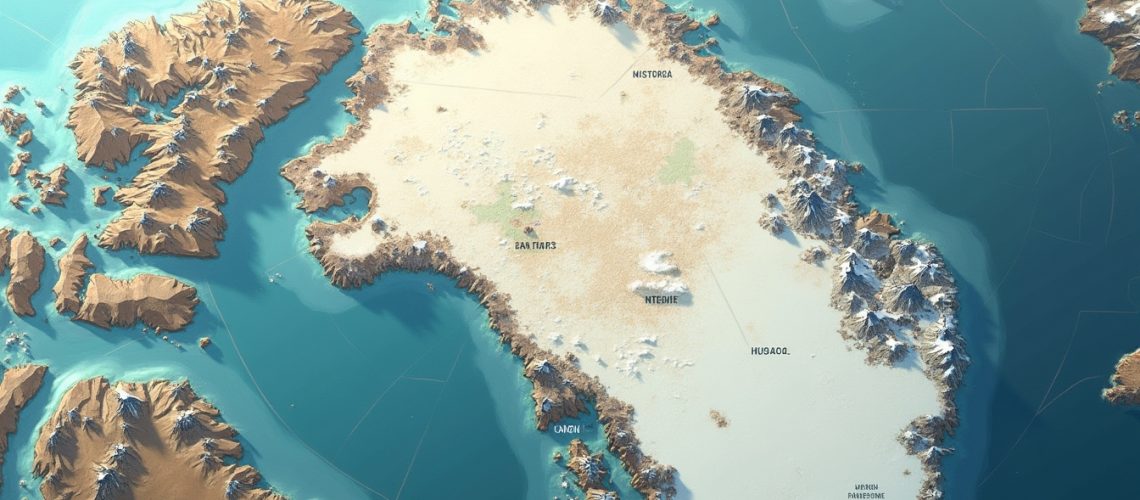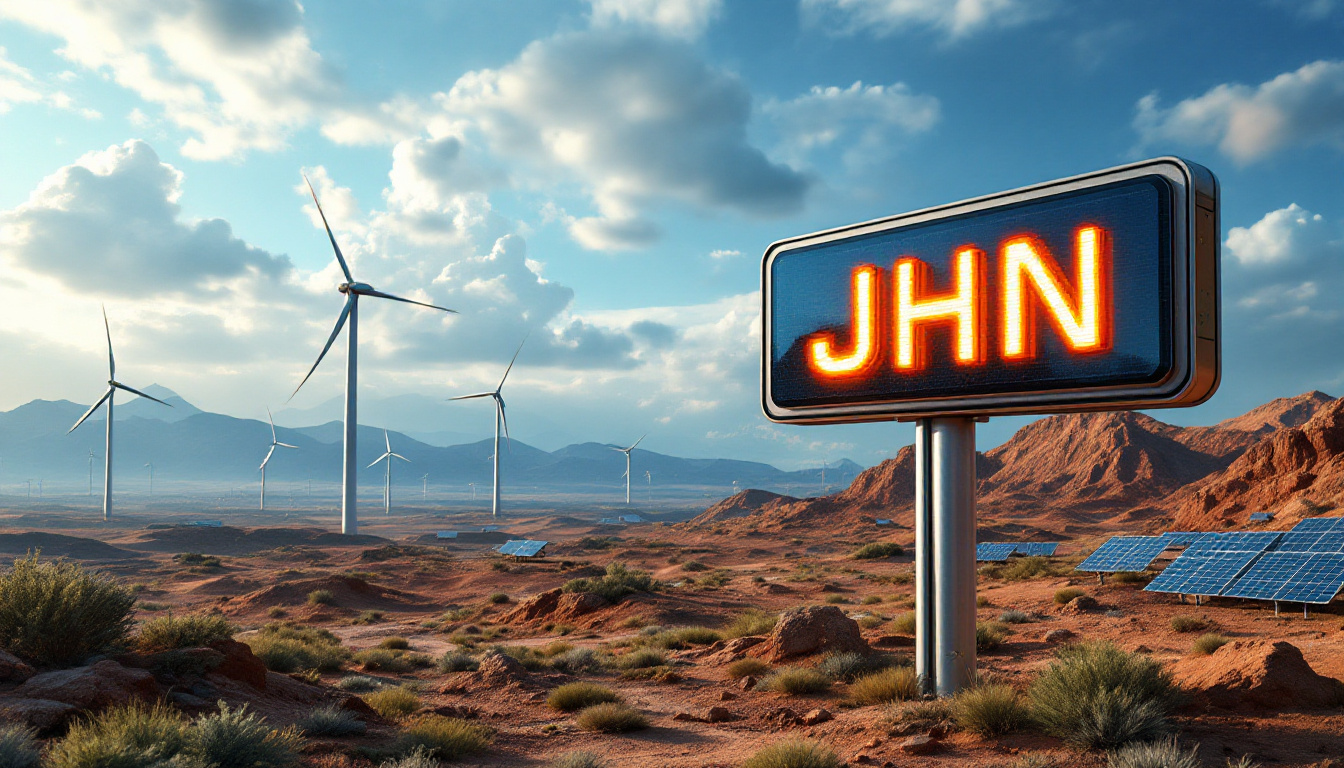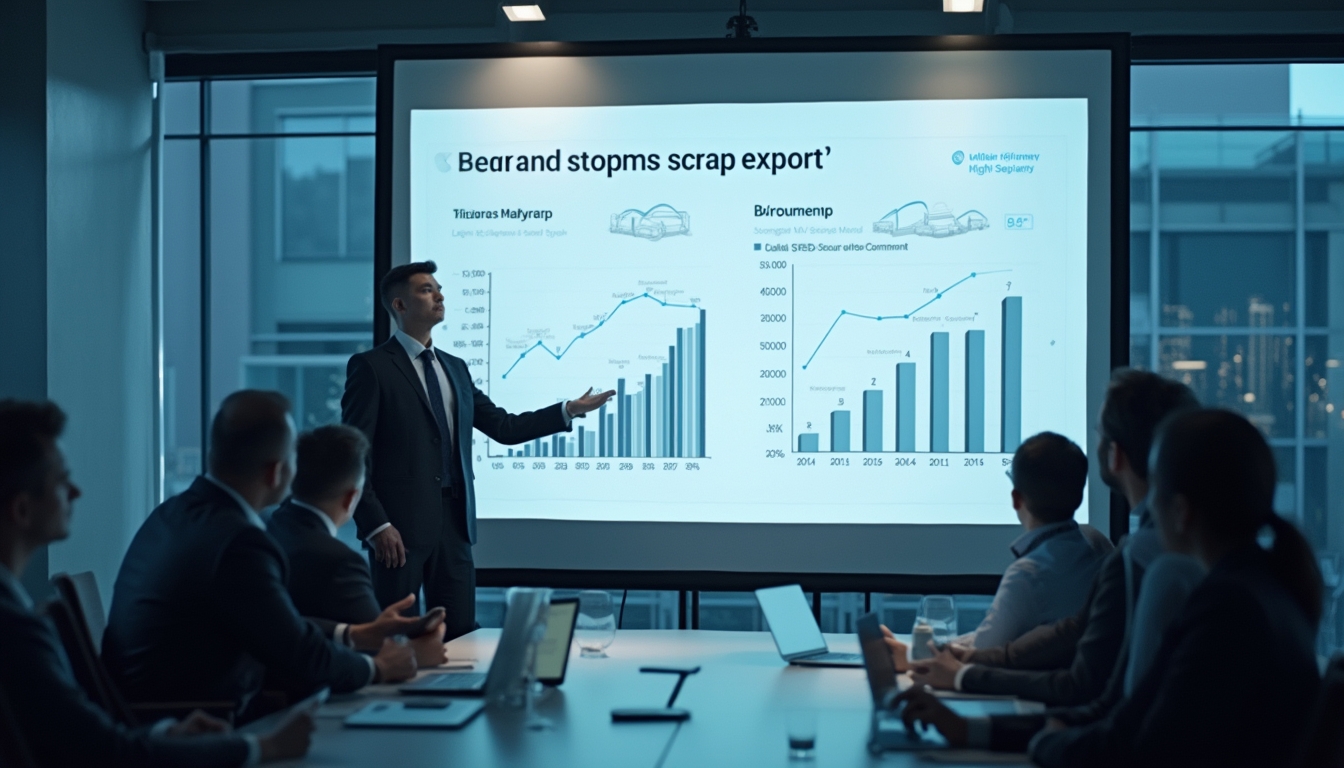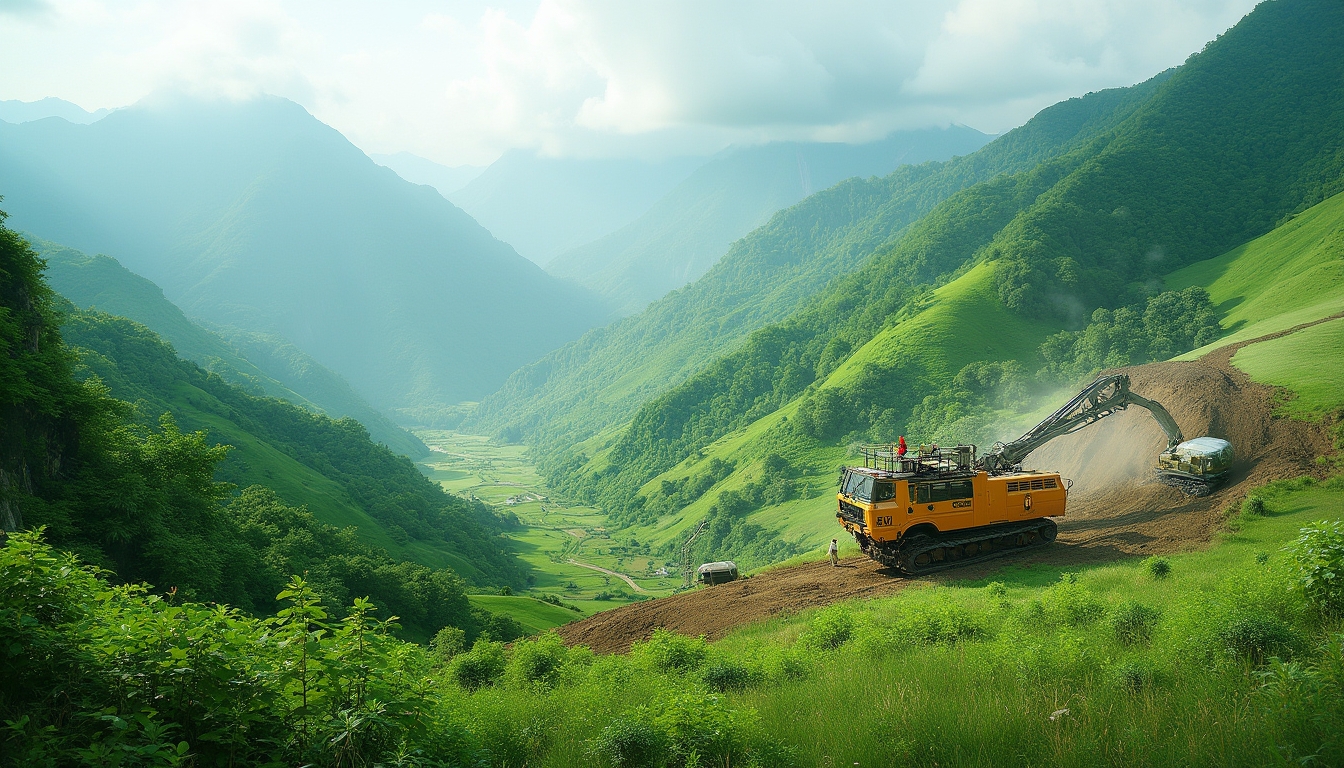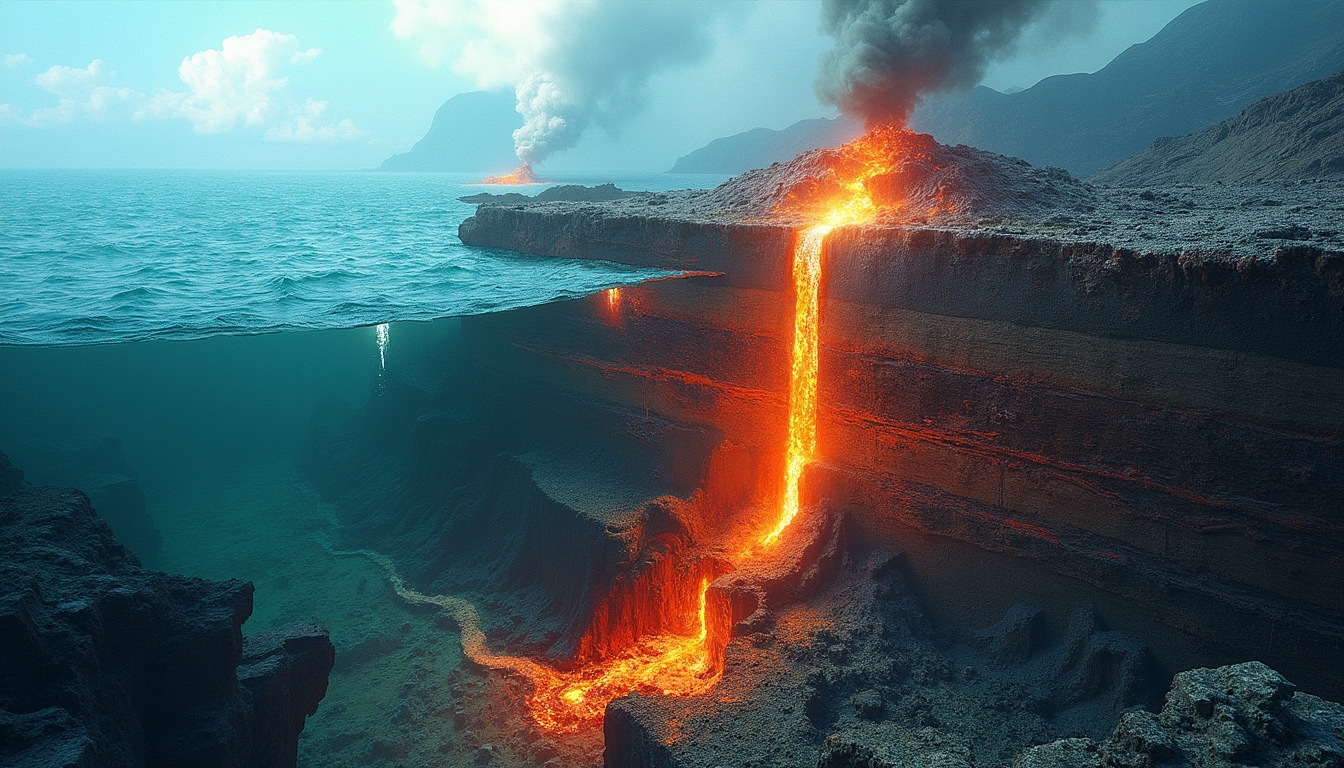The strategic significance of Greenland has captured global attention following US President-elect Donald Trump's bold proposal to acquire the massive Arctic island for national security purposes. Trump's repeated calls, first initiated during his previous term and revived in January 2025, underscore the island's critical geopolitical and resource potential. This unusual proposition has reignited debates on territorial expansion and the intricate balance of global power.
What Sparked Trump's Renewed Interest in Greenland?
Strategic Geopolitical Motivations
Strategic geopolitical motivations drive Trump's interest beyond mere territorial expansion. Greenland already hosts crucial US military installations, including the Thule Air Base, which features a ballistic missile early-warning system providing significant strategic advantages. The island's proximity to the Arctic makes it a vital location for monitoring potential missile threats and asserting military presence in the region.
Moreover, the island's potential to reduce dependence on Chinese critical mineral supplies represents a key national security objective. By securing access to Greenland's abundant resources, the United States could fortify its supply chains for critical minerals essential for defence technologies, renewable energy systems, and high-tech manufacturing. Understanding Greenland's rare earths provides insight into the broader geopolitical implications of this renewed attention.
With China's critical mineral export restrictions impacting global trade, securing alternative sources like Greenland becomes imperative for the US. China's increasing influence in Greenland through investments in mining projects and infrastructure has raised alarms in Washington, further intensifying the strategic competition in the Arctic region.
Economic Opportunities and Resource Potential
Greenland's vast reserves of rare earth elements (REEs) and other critical minerals present significant economic opportunities. These minerals are essential components in a wide range of advanced technologies, including smartphones, electric vehicles, and military equipment. The global demand for REEs is projected to increase substantially, and Greenland's untapped deposits could play a crucial role in meeting this demand.
Investors keen on Greenland's mineral wealth must consider regulatory frameworks, such as the JORC Code, to make informed decisions. Understanding these standards ensures that mineral resource assessments are transparent and reliable, fostering confidence among stakeholders and international partners.
The strategic interest in Greenland also aligns with efforts to develop new economic partnerships and investment opportunities. By tapping into Greenland's resources, the US could stimulate job creation, foster economic growth, and enhance technological innovation domestically.
Environmental Considerations
While the potential benefits are substantial, environmental concerns cannot be overlooked. Greenland's fragile Arctic ecosystem is highly sensitive to industrial activities. Responsible resource extraction would require careful planning, adherence to strict environmental regulations, and engagement with local communities to ensure sustainable development. Balancing economic interests with environmental stewardship is essential to preserving the region's ecological integrity.
The Tanbreez Rare Earth Project: A Critical Mineral Powerhouse
The Tanbreez rare earth project epitomises Greenland's resource potential, boasting an impressive 4.7 billion tonnes of resource with a contained rare earth element inventory of 28.2 million tonnes. This massive deposit represents a potential game-changer for Western supply chains, offering an alternative to China's dominant position in the REE market.
Moreover, the project's location in southern Greenland provides relatively easier access compared to other Arctic regions, potentially reducing logistical challenges associated with resource extraction in harsh climates. Tony Sage, Executive Chairman of Critical Minerals Corp (CRML), emphasises the project's strategic importance: "It is extremely important that the West gets a supply of REEs from somewhere else. That supply could well come from Tanbreez and Greenland."
The development of Tanbreez aligns with broader efforts in North America, such as Ontario's critical minerals strategy, to secure and diversify mineral supplies. These initiatives reflect a growing recognition of the need for reliable, ethical sources of critical minerals to support technological advancement and national security.
The project's advancement requires significant investment, adherence to international mining standards, and collaboration with Greenland's government. Understanding regulatory frameworks, such as the JORC Code, is essential for investors and stakeholders involved in the project.
Greenland's Emerging Resource Landscape
Beyond rare earth elements, Greenland presents a diverse mineral landscape. The Kvanefjeld project, another significant mineral deposit, contains 11.1 million tonnes of REEs and 593 million pounds of uranium. However, it faces challenges in obtaining mining licences due to stringent environmental regulations and opposition from local communities concerned about uranium mining.
The 2021 Uranium Act prohibits uranium exploration above a 100ppm threshold, creating complex regulatory hurdles for resource development. Strategic advisors like Julie Bishop are actively working to negotiate solutions that balance environmental concerns with resource potential. Navigating these regulatory frameworks requires careful diplomacy and negotiation.
Moreover, global interest in Greenland's minerals must also consider the rights and interests of the Indigenous Inuit population. Ensuring that resource extraction benefits local communities through job creation, infrastructure development, and respect for cultural practices is essential for the long-term success of any project.
China's increased demand for minerals, as seen in China's iron ore import surge, influences global market dynamics and underscores the importance of alternative suppliers. Greenland's mineral wealth positions it as a key player in meeting global demand while offering nations the opportunity to decrease reliance on Chinese exports.
Geopolitical and Economic Implications
The geopolitical dynamics surrounding Greenland's resources are intricate. China currently controls a significant portion of critical mineral supplies, making Greenland's resources strategically crucial for countries looking to reduce dependency on Chinese exports. Trump's policy of imposing tariffs has further complicated international mineral trade, highlighting the importance of securing alternative supply chains.
As Sage notes, "China controls the bulk of supply of these critical metals, and with Trump's policy of tariffs, the only way they can retaliate is by stopping exports of these crucial minerals for defence industries and national security."
China's dominant position in the critical minerals market allows it to wield significant influence over global supply chains. Any disruption in Chinese exports can have cascading effects on industries worldwide. Therefore, countries like the US are keen to diversify their sources of critical minerals to safeguard their economies.
The competition for access to critical minerals has broader implications for international relations and trade policies. It affects global alliances, trade agreements, and economic strategies as nations navigate the complexities of resource dependence and geopolitical rivalries. International collaborations and partnerships may be essential in developing Greenland's resources responsibly.
Resource Extraction Challenges and Opportunities
Extracting Greenland's resources is not without challenges. Environmental regulations, infrastructure limitations, and political complexities present significant obstacles. The harsh Arctic climate, limited transportation networks, and remote locations increase the costs and logistical difficulties of mining operations.
However, the potential rewards are substantial, including diversifying global mineral supply chains and supporting critical technology sectors like aerospace and electric vehicle manufacturing. The growing demand for sustainable technologies amplifies the need for reliable sources of critical minerals.
The Tanbreez project, with CRML's 42% stake, stands at the forefront of this resource potential. Recent drilling has indicated promising discoveries, including potential gallium deposits that could further enhance the project's strategic value. Gallium is a critical component in semiconductors and solar panels, adding to the significance of the project's mineral portfolio.
Balancing Economic Development and Environmental Stewardship
Achieving a balance between economic development and environmental stewardship is essential. Implementing best practices in mining, investing in renewable energy solutions for operations, and engaging in transparent dialogue with local communities can mitigate environmental impacts.
Moreover, international collaboration and sharing of technologies can enhance the efficiency and sustainability of resource extraction in Greenland. Learning from other regions' strategies, such as Ontario's critical minerals strategy, can provide valuable insights into managing critical mineral development responsibly.
FAQs: Understanding Greenland's Resource Potential
What makes Greenland's resources strategically important?
Greenland's strategic importance lies in its abundant reserves of critical minerals, including rare earth elements, its pivotal geographic location in the Arctic, and its potential to provide secure supply chains independent of dominant players like China. The island's resources are essential for advanced technologies and national security applications.
What are the key challenges in developing Greenland's resources?
Key challenges include navigating environmental regulations, addressing infrastructure limitations in remote Arctic locations, managing complex diplomatic relationships, and ensuring the rights and interests of local communities are respected. Regulatory hurdles, such as the Uranium Act, require careful negotiation and adherence to international standards.
Why is reducing dependence on Chinese mineral supplies important?
Reducing dependence on Chinese mineral supplies is important for national security, economic stability, and technological advancement. China's control over critical minerals can influence global markets and political dynamics. Diversifying supply chains reduces vulnerability to export restrictions and geopolitical tensions.
How do international policies impact Greenland's resource development?
International policies, including trade tariffs and export restrictions, influence global mineral trade. For example, China's critical mineral export restrictions can disrupt supply chains, prompting countries like the US to seek alternative sources. International agreements and collaborations play a significant role in shaping resource development strategies.
Conclusion: Greenland's Emerging Resource Significance
Trump's persistent interest in Greenland highlights the island's emerging significance in global resource dynamics. With its rich mineral deposits, strategic location, and potential to disrupt existing supply chains, Greenland represents more than just a territorial ambition—it's a critical piece in the global economic and geopolitical puzzle.
The Tanbreez and Kvanefjeld projects symbolise the potential for a new era of resource development, offering Western nations a path to reduce dependence on Chinese mineral exports while supporting critical technological innovations. By investing in Greenland's resources, the US and its allies could strengthen their strategic positions, foster economic growth, and contribute to the advancement of sustainable technologies.
Addressing the challenges of resource extraction requires a commitment to environmental stewardship, respect for local communities, and adherence to international standards. Collaborative efforts, informed by strategies like Ontario's critical minerals plan, can pave the way for responsible development.
Greenland's resource potential is vast and untapped. As global demand for critical minerals continues to rise, the island stands at the forefront of a transformative era in resource development. The decisions made today will shape not only Greenland's future but also the global landscape of technology, economy, and geopolitics.
Ready to Unlock Greenland's Critical Mineral Potential?
Dive deep into the world of strategic resource investments with Discovery Alert's real-time AI-powered notifications, offering unparalleled insights into emerging mineral discoveries and critical mineral opportunities across the ASX. Our service simplifies complex geological data, helping both new and experienced investors navigate the intricate landscape of critical mineral investments with confidence and precision.
